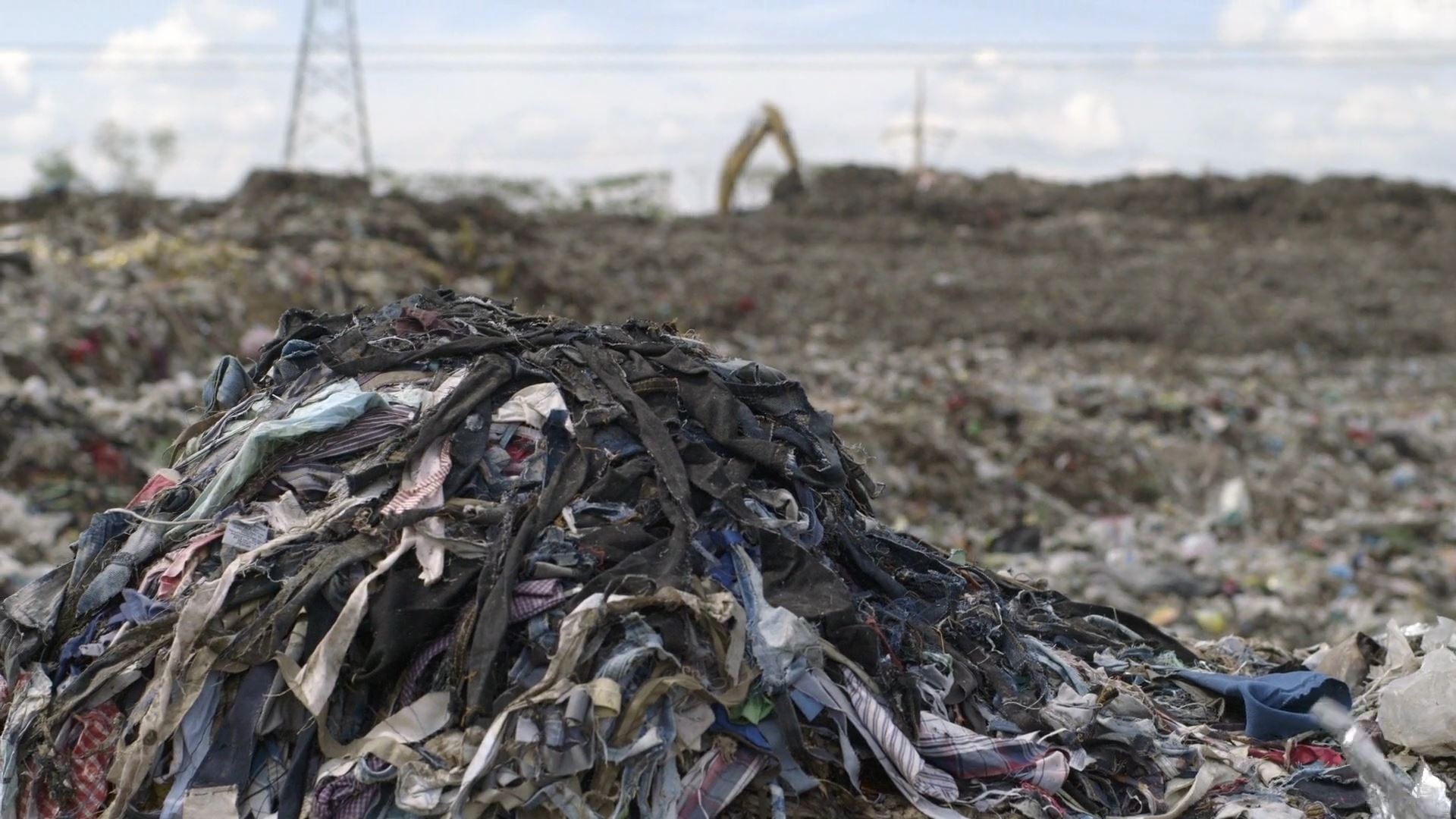How Biodegradable Fashion is Changing the Industry
Biodegradable fashion innovations are reshaping the industry, offering sustainable alternatives to reduce waste and environmental damage.
The fashion industry is the second most polluting sector in the world, just behind the oil industry. From toxic wastewater dumping to harmful chemical use in cotton production, its environmental impact is undeniable.
To envision a more sustainable future, biodegradable fashion is emerging as an innovative solution. Using plant-based materials, fungi-derived textiles, and recycled waste, designers are redefining how garments are produced and disposed of.
Here are three groundbreaking examples of biodegradable fashion helping to reduce pollution and waste.
1. The Plant and Algae T-Shirt: Clothing That Returns to Nature
One of the most scientifically advanced biodegradable garments is the Plant and Algae T-Shirt.
What Makes It Unique?
- Made from pulped eucalyptus and beech trees sourced from sustainably managed forests.
- Features algae grown in bioreactors, ensuring an eco-friendly production process.
- Completely biodegradable—when discarded, it naturally decomposes without harming the environment.
🔹 The Philosophy: “Just bury it in the ground when you’re done with it.”
With over 75,000 plant species incorporated into its fibers, this lightweight and breathable T-shirt represents a new wave of biodegradable fashion innovations.
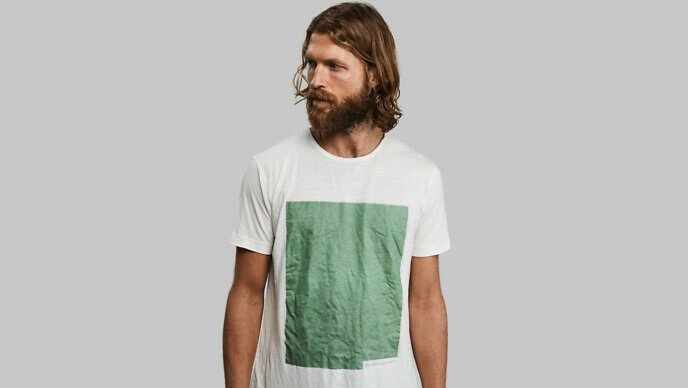
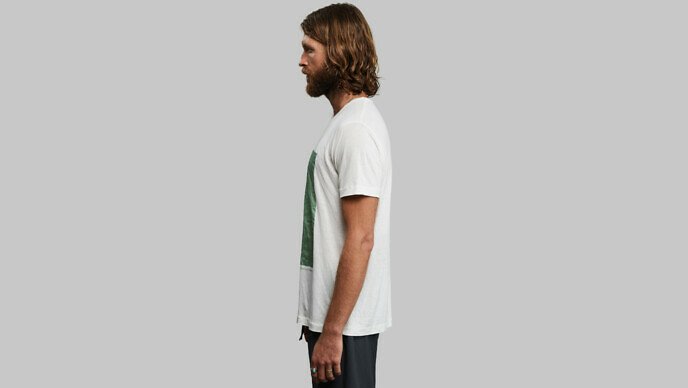

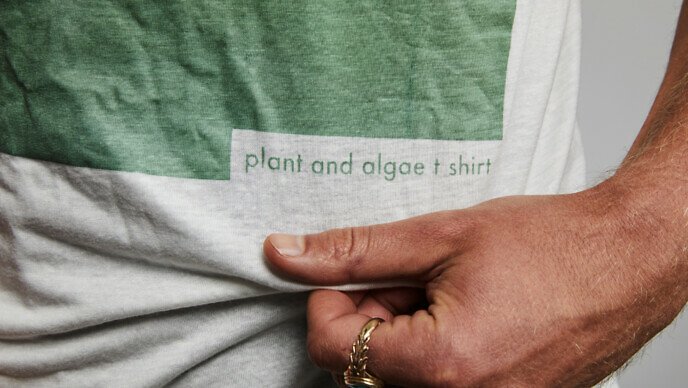
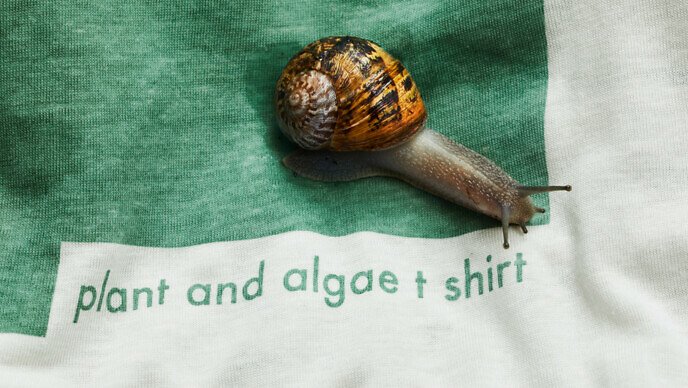
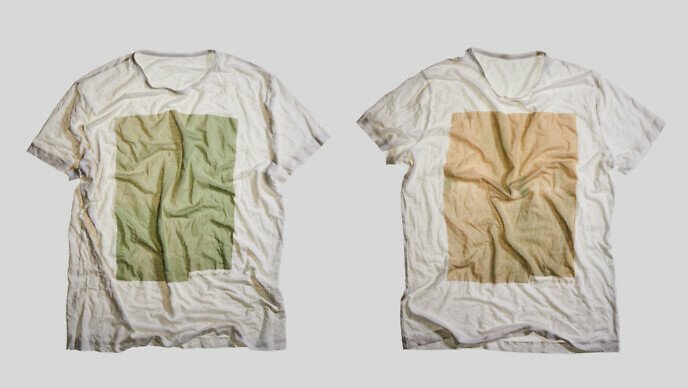
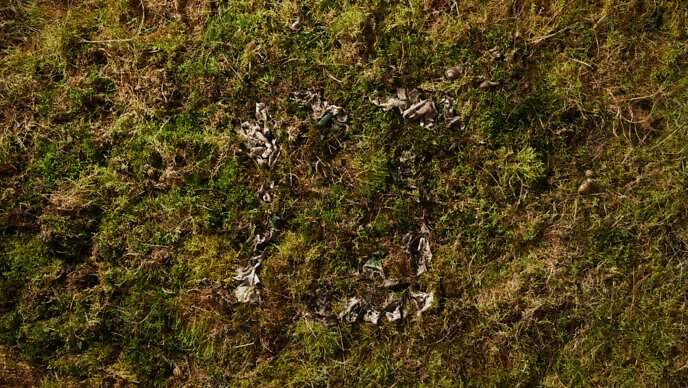
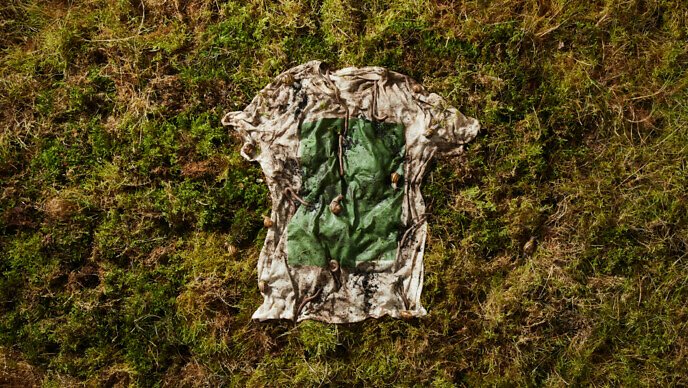

2. Mushrooms: The Future of Sustainable Textiles
Mushrooms are more than just edible fungi—they are shaping the future of biodegradable materials in fashion.
Introducing Muskin: A Mushroom-Based Leather Alternative
- Developed by GradoZero Espace, an Italian textile manufacturer.
- Made from the skin of mushrooms, offering a biodegradable and non-toxic alternative to animal leather.
- Water-resistant, soft, and PETA-approved, making it a viable solution for ethical fashion.
As part of the MATERFAD innovation project, mushroom leather is proving to be an economically and environmentally sustainable fabric that could revolutionize fashion.
3. Gumshoes: Turning Waste into Wearable Fashion
Not all sustainable fashion comes from biodegradable materials—some solutions focus on recycling non-biodegradable waste into functional products.
The Gumshoe Project: Sneakers Made from Chewing Gum
- In the Netherlands, 1.5 million kilos of gum are discarded on the streets every year.
- To tackle this waste issue, Amsterdam’s sustainability association partnered with fashion brand Explicit and sustainability company Gumdrop.
- Together, they created the first shoe made from recycled chewing gum.
Why It Matters
Promotes consumer awareness—the campaign’s message is: “By buying these shoes, you contribute to the solution; by wearing them, you show your support.”
Reduces urban waste by transforming gum litter into functional footwear.
Encourages circular fashion, where discarded materials are repurposed instead of polluting the environment.
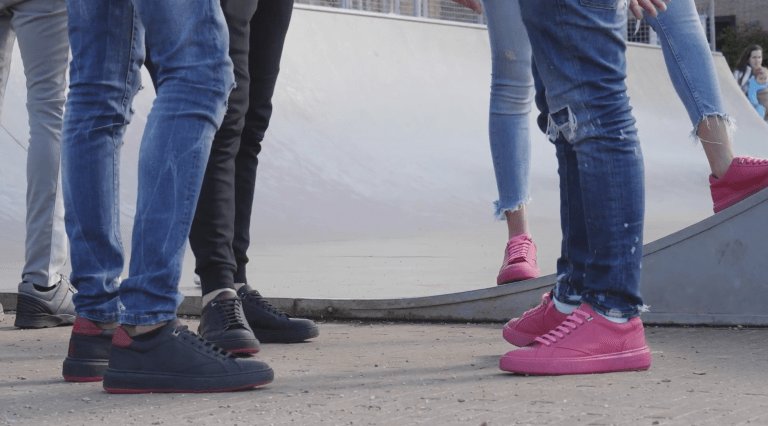
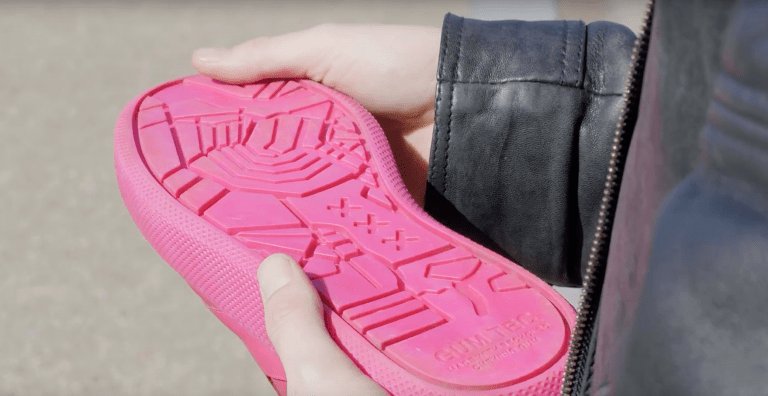

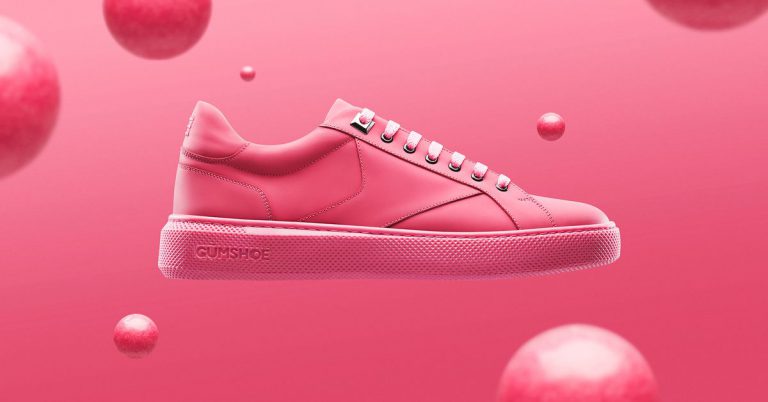
Why Biodegradable Fashion Matters
With growing environmental concerns, biodegradable fashion is no longer just an experiment—it is the future of sustainable clothing.
By investing in plant-based fibers, fungi-derived textiles, and innovative recycling solutions, the fashion industry can:
- Reduce landfill waste and pollution.
- Eliminate harmful chemicals and microplastics.
- Create garments that naturally decompose, leaving no environmental footprint.
Is the future of fashion completely biodegradable? Share your thoughts in the comments.
